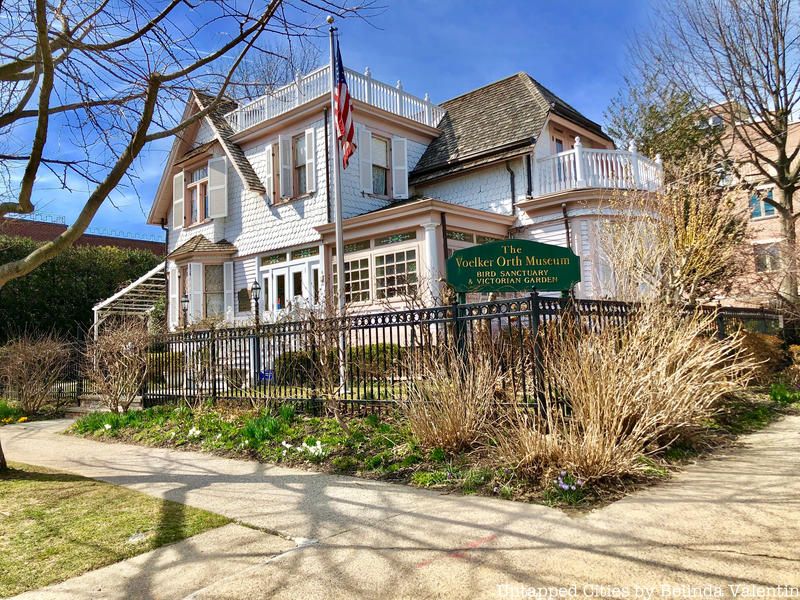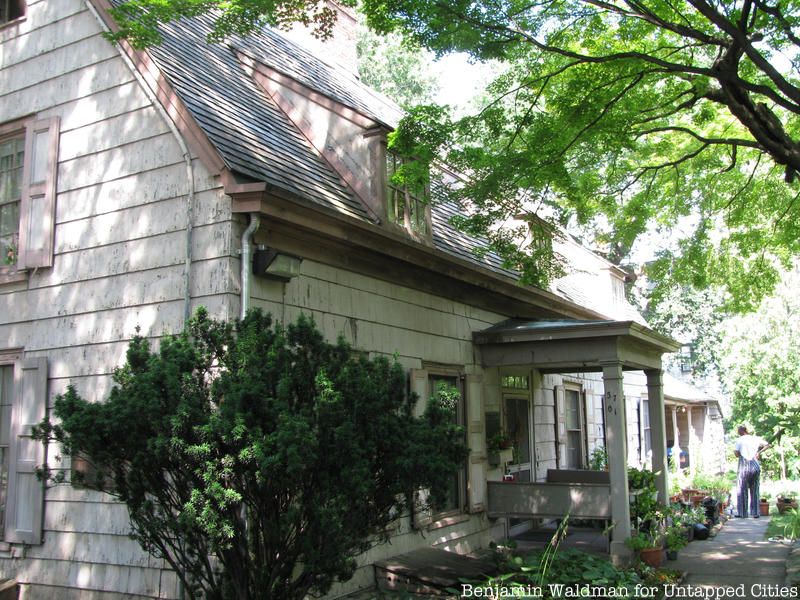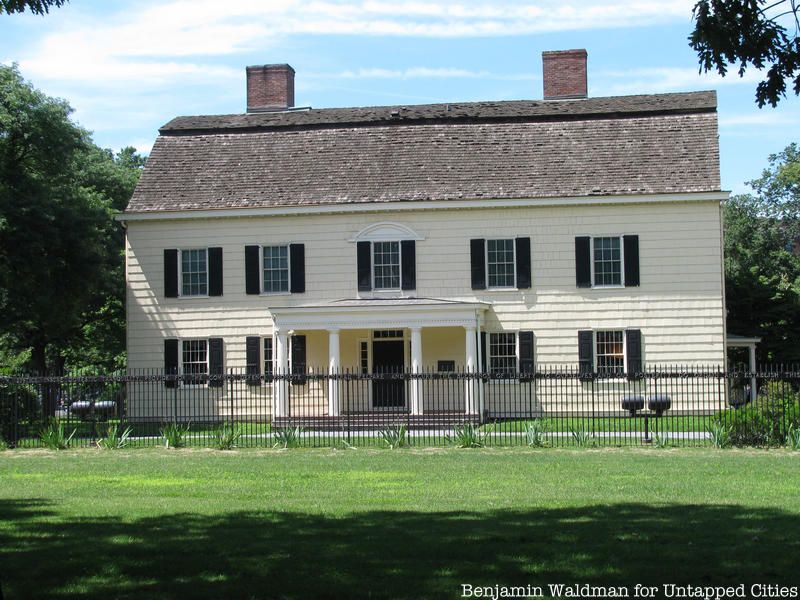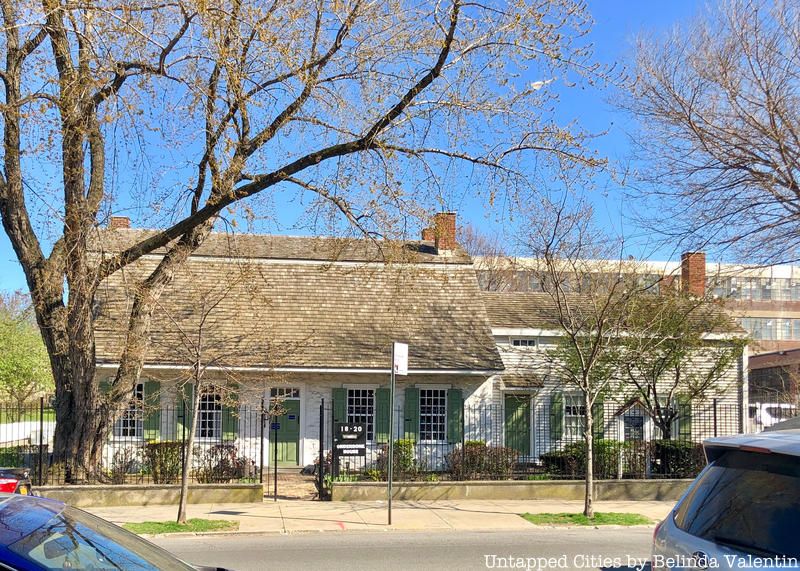100th Anniversary Great Nave Tour at the Cathedral of St. John the Divine
Celebrate the 1925 construction of the stunning nave inside the world's largest Gothic cathedral!



New York City is home to numerous world-famous museums but if you need a break from classics like the Metropolitan Museum of Art or the MOMA, do check out some of the City’s smaller, off the beaten path museums. In the previous installment of this series, we rounded up unique house museums in the Bronx and Manhattan. Today, we look at some gems in Queens.

The Queens County Farm Museum traces its roots back to the Adriance family who farmed the area in the 1600s. Today, it is the longest continuously farmed site in New York State. The museum consists of historic farm buildings including a 1772 farmhouse, a greenhouse complex, livestock, farm vehicles and implements, planting fields, an orchard, and an herb garden. The farm hosts events year round including hay rides, a corn maze, and pumpkin picking. It is one of the Historic House Trust of New York properties.

The Bowne House was constructed circa 1661 making it the oldest remaining building in Queens. It was built by John Bowne, a Quaker, who used it as the first indoor meeting place for Quakers at a time when such religious pluralism was illegal. The Bowne family lived at the house until 1945 when the Bowne House Historical Society took over the property and opened it as a museum. It is one of the Historic House Trust of New York properties.

King Manor was originally constructed between 1733and 1755 by Ames Smith. In 1805, the property was purchased by Rufus King. King was a career civil servant and a member of the Confederation Congress, a delegate to the Constitutional Convention in 1787 where he served as a a framer and signer of the Constitution. He was also the first United States Senator from New York, ambassador to Great Britain, and a Presidential candidate. King was also a noted early abolitionist, which is highlighted at the house. The house is one of the Historic House Trust of New York properties. (For more information and photos check out our previous coverage.)

Inside the King Manor Collection
Go behind-the-scenes of the latest exhibit at the King Manor Museum in our upcoming virtual tour!

Kingland Homestead was built circa 1785 for Charles Doughty and is a typical nineteenth-century farmhouse. The house has been moved multiple times in order to stave off threats of demolition. It now is home to the Queens Historical Society.

The Lewis H. Latimer House was constructed between 1887 and 1889 by the Sexton family. Lewis Latimer, an African-American inventor and electrical pioneer, lived in the Queen Anne house from 1903 until his death in 1928. The house is part of the Historic House Trust of New York.

The Louis Armstrong House Museum is located in a 1910 house in Corona. In 1943, the house was purchased by Newlyweds Louis and Lucille Armstrong, who lived their for the rest of their lives. The house opened as a museum in 2003 (and is now celebrating its tenth anniversary). The house’s interiors and furnishings provide a great opportunity to learn about the Armstrongs and see how they lived. In addition, the museum possesses, and plays on its tours, a collection of recording Armstrong made of himself.

Construction on the Vander Ende-Onderdonk House was begun by Paulus Vander Ende in 1709. In the 1820’s Adrian Onderdonk, the other half of the house’s name, built a Dutch style addition to the house. The house, which is the oldest Dutch Colonial stone house in New York City, is notable for having been a prominent marker in the 1769 settlement of the boundary dispute between Bushwick in Kings County and Newtown in Queens County. The Greater Ridgewood Historical Society currently administers the house and runs programs there.

The Voelker Orth Museum, Bird Sanctuary and Victorian Garden is located in the former home of Theresa Voelker and her husband, Dr. Rudolph Orth. One of the museum’s distinguishing features is its Victorian garden which “is maintained using eighteenth century propagation methods and gardening techniques.” The house is open to the public so visitors can enact their mission of “experienc[ing] of an immigrant family’s 1890s home, preserves and interprets the cultural and horticultural heritage of Flushing, Queens and adjacent communities to engage their ever-changing populations.”
Read on for our roundups of unique house museums in the Bronx and Manhattan. Stay tuned for Brooklyn and Staten Island.
Subscribe to our newsletter